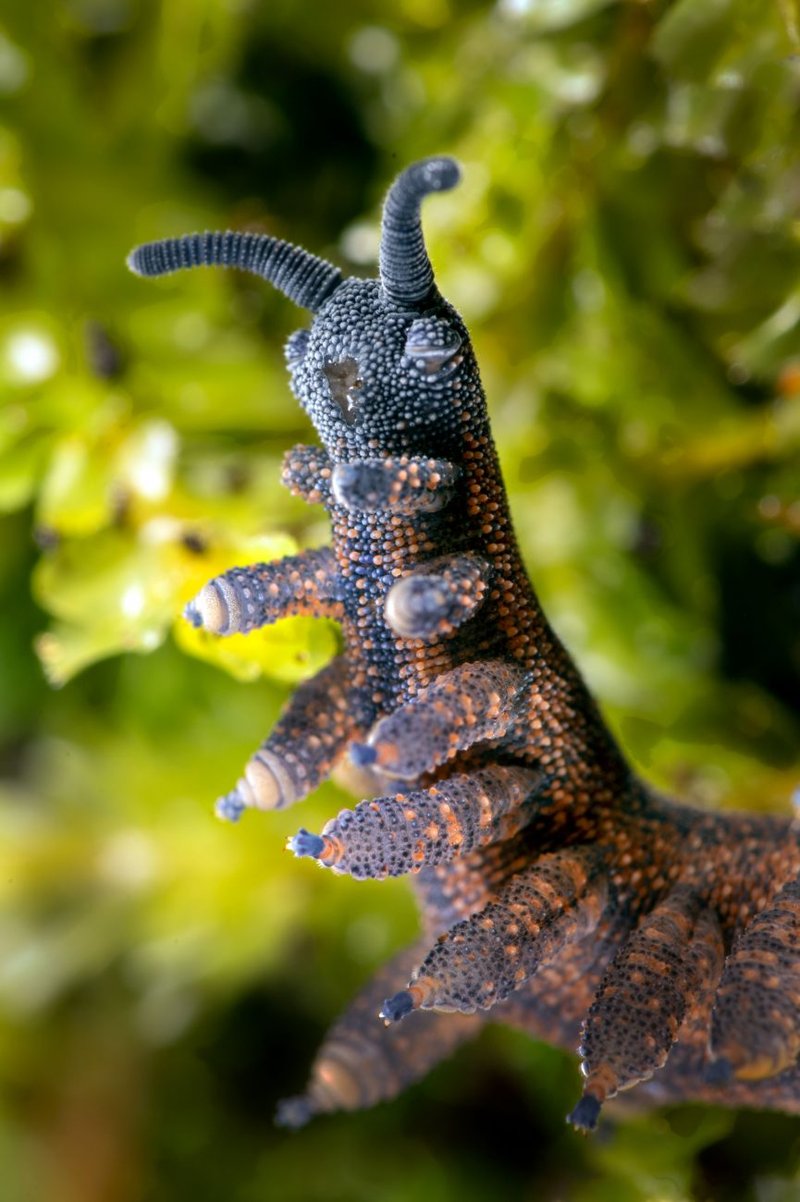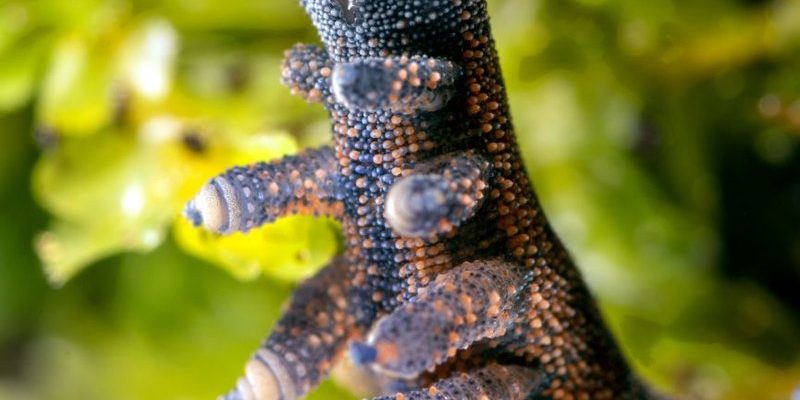
So, what’s the deal with their nervous systems? Here’s the thing: velvet worms have a nervous system that’s quite different from what we see in mammals and other animals. Instead of the typical brain and spinal cord setup, they boast a series of paired ganglia—little clusters of nerve cells. These ganglia act as mini control centers, coordinating movement and response to their environment. Let’s dig deeper into the fascinating world of velvet worms and their distinctive nervous systems!
What Are Velvet Worms?
To really appreciate velvet worms, it helps to know what they are and where they fit into the animal kingdom. Velvet worms are part of a group known as *Onychophora*, which translates to “claw bearer” in Greek. They can be found in humid, tropical areas, often hiding under leaf litter or stones.
These creatures have a soft, segmented body covered in a velvety texture—hence their name. They can range from a few centimeters to about 15 centimeters long. Their mesmerizing colors, often in shades of brown, green, or blue, help them blend into their surroundings, making them elusive.
One of the coolest features of velvet worms is their unique way of capturing prey. They secrete a sticky slime that can immobilize insects, allowing them to feast at their leisure. So, when you think of a velvet worm, picture a tiny master of camouflage and patience.
The Nervous System Overview
Now, let’s get into the nitty-gritty of their nervous system. Unlike us, velvet worms don’t have a centralized brain and spinal cord. Instead, their nervous system is composed of a series of paired nerve cords and ganglia. These paired ganglia, found along their body segments, serve similar functions to a brain by processing information and controlling movement.
What’s particularly fascinating is how these nerve cords work together. The ganglia communicate with each other, allowing for coordinated movement and reflexes. So, when a velvet worm senses danger or spots a meal, it can react surprisingly fast, retracting or stretching its body accordingly. It’s a great example of how evolution has crafted a unique solution to the challenges of survival.
Unique Features of Velvet Worm Nervous Systems
Velvet worms stand out not just for their appearance but also for their specialized nervous systems. Their nerve cords are arranged in a way that provides robust motor control. Each segment of their body has its own ganglion, allowing for intricate movements, like crawling and climbing.
Another unique aspect is the *notable disconnect* between the nerve system and the muscles. Their muscles can contract independently from nerve impulses, giving them greater agility. Imagine a puppet with strings that can move on their own—this is how velvet worms operate! This feature allows for smoother and more coordinated movements, which is essential as they navigate through their leaf-laden habitats.
Additionally, the *sensory organs* of velvet worms are quite remarkable. They have simple eyes that can detect light and dark, and they’re equipped with tactile structures called *antennae* that help them feel their way around. This combination allows them to interact with their environment effectively, making them skilled hunters.
Evolutionary Significance
You might be wondering why understanding velvet worms and their nervous systems matters. Here’s the thing: these creatures offer crucial insights into the evolution of more complex animals. By studying how their nervous systems function, scientists can piece together the puzzle of how early life forms developed the systems we see today in mammals and other animals.
Velvet worms are often considered “living fossils.” They have changed very little over millions of years, making them a prime example for evolutionary research. Comparisons between their nervous systems and those of other creatures can shed light on how basic nerve structures evolved into more complex systems.
Moreover, studying these unique nervous systems can inform fields like neurobiology and robotics. Researchers are keen on learning how to apply the principles observed in nature to develop more effective robotic systems or medical applications.
Common Questions About Velvet Worms
Let’s address some common questions people usually have about velvet worms, especially when they’re first learning about these unique creatures.
- Are velvet worms dangerous? Not to humans! They primarily eat small insects, and their slime is just a way to catch food. There’s no danger to us.
- How do velvet worms reproduce? Velvet worms reproduce sexually, with males using special appendages to transfer sperm to females. They typically have live young, which is pretty interesting for invertebrates!
- What’s their habitat like? Velvet worms thrive in moist, tropical environments. They’re often found in leaf litter, where they can stay hidden from predators and find food.
Final Thoughts on Velvet Worms
In a world full of fascinating creatures, velvet worms definitely deserve a spot on your radar. Their unique nervous systems are a prime example of how evolution can create diverse solutions to life’s challenges. From their adorable velvety texture to their surprisingly effective hunting methods, it’s clear that these little creatures are more than meets the eye.
So, next time you hear about velvet worms, you’ll know they’re more than just an odd curiosity. They offer valuable lessons about biology, evolution, and the wonders of nature. Keep exploring and asking questions—after all, nature is full of surprises waiting to be discovered!

